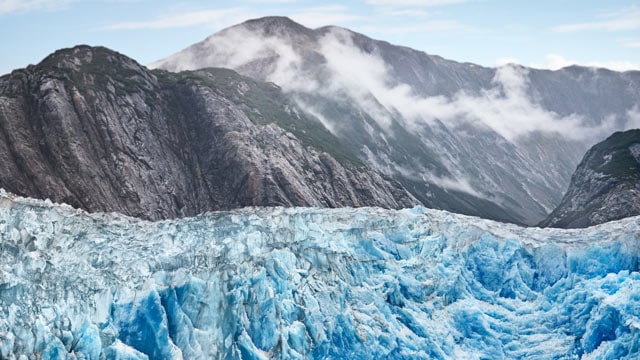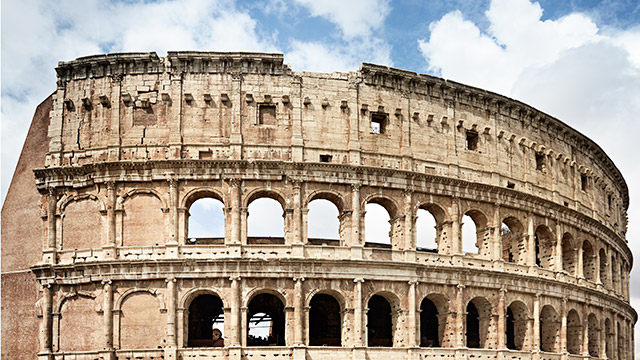The year was 1899 when millionaire railroad tycoon Edward Henry Harriman set sail on an ambitious expedition to Alaska on which he would chart, and name many Alaskan glaciers. Worn out from hard work, his doctor had recommended he take a vacation, and that voyage was his answer — a 19th-century millionaire’s quest to rejuvenate.
On May 31, 1899, 126 passengers and crew — 23 of them esteemed scientists — boarded the well-appointed George W. Elder for a highly publicized, excitement-filled departure. The New York Times called their destination the "American Eldorado," because of the concurrent Alaskan gold rush. Two months later, however, Harriman returned with natural treasures: more than 100 trunks full of specimens and over 5,000 photographs and colored illustrations. They are still considered a precious scientific collection.
On June 26, 1899, the Elder navigated College Fjord, and the party of scientists (which included John Muir, an Amherst College professor and glacier expert, and Harvard mineralogy instructor Charles Palache) named the Alaskan glaciers there after their Ivy League alma maters and their sister schools. Those names include Amherst, Barnard, Bryn Mawr, Harvard, Smith, Vassar, and Yale. The glaciers of the northwest side feature the names of women's colleges, and the glaciers of the fork and the southeast side sport the names of men's colleges. What of Princeton? It is said that the men took delight in ignoring it!
Harvard Glacier is the largest of the College Fjord Alaskan glaciers at its northwestern head, and it is the second-largest tidewater glacier in Prince William Sound. A tidewater glacier flows from a mountain valley into the sea and will dramatically calve when a mass of ice splits off the glacier and plunges thunderously into the water. The most active tidewater glaciers in the world are in Prince William Sound. Harvard Glacier may also be the most dramatic to observe: Its face, at one-and-a-half miles wide, shows off its over-200-foot-thick depth, and it stretches 24 miles back to the Chugach Icefield — part of Chugach National Forest. Upon entering College Fjord, Alaska, passengers on Alaskan cruises may be able to see Harvard as the last of five glaciers in a row, separated by miles and mountains, just as Harriman's scientists could.
No one captured that moment of exploration better than John Burroughs, a nature writer and expedition member aboard the Elder, when he wrote, "The weather was fair, but the sea was cold. Indeed, we were in another great ice chest — glaciers to the right of us, glaciers to the left of us, glaciers in front of us, volleyed and thundered; the mountains were ribbed with them, and the head of the bay was walled with them." Though some Alaskan glaciers that the Harriman expedition witnessed have retreated, other tidewater glaciers have continued their natural movement cycles, barely touched by man. The glaciers of College Fjord remain as unspoiled as that pristine day in June 1899.
Today, you can sail the same treasured landscape on an Alaskan cruise and retrace a part of Harriman's famed expedition, steering among Alaskan glaciers into Prince William Sound's College Fjord. Much in the spirit of Harriman, you're sure to come back new.



